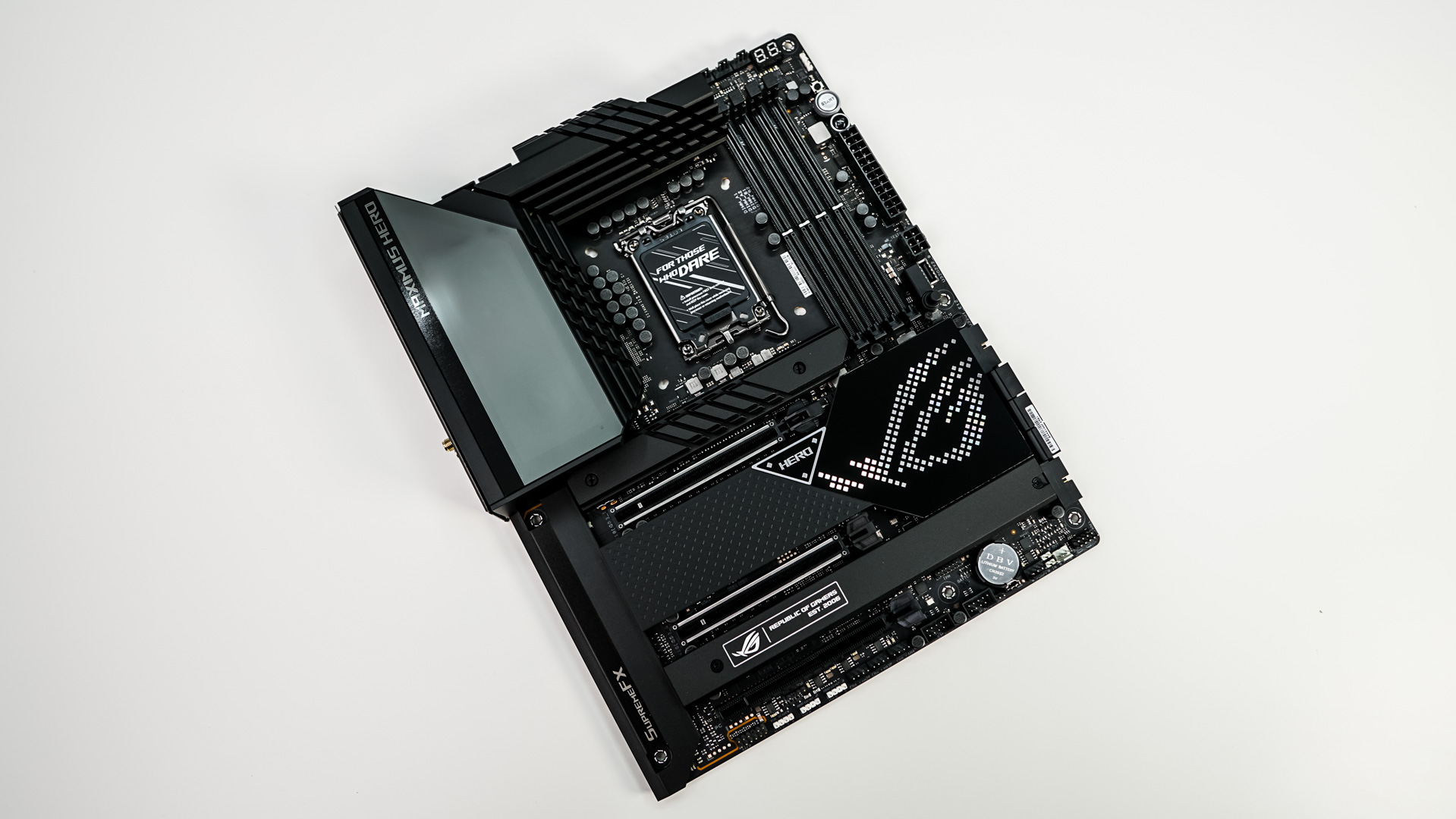You can think of printed circuit board assembly as the heart of an electronic device. They are found in everything from a simple smoke detector to complicated aerospace machinery. The PCBAs that run your personal laptop are known as motherboards.
What is a Motherboard?
Motherboards contain several components that key to a computer’s function. The microprocessor, or CPU, is often soldered onto a motherboard. A CPU is like a computer’s brain power. The more advanced the CPU, the more a computer can process.
You can also find memory chips here. The data needed to launch programs is housed here. The memory chip also encodes files that you choose to save to the computer’s hard drive.
Other components include BIOS software, which supports the booting process, and CMOS batteries.
Most of the time, you won’t even notice your motherboard in action. In fact, it is not until you start experiencing some type of processing problem that you will consider looking at your motherboard at all.
Common Motherboard Problems
Crashes
Most of us have experienced the dreaded blue screen that signals our computer has just crashed. Essentially, something along the way, whether it’s the operating system or key piece of hardware, has failed, leading the operating system or an application to abruptly shut off.
Crashes can sometimes occur due to motherboard components, like issues with the memory or CPU.
Unplanned shutdowns
One step above the crash is the unexpected shutdown. In this scenario, instead of the blue screen with an error message, your computer simply shuts off on its own. Random shutdowns can be devastating, as you can lose any work that wasn’t previously saved.
Computers often shutdown to prevent overheating. However, this issue can arise from much deeper system issues, including failure of the BIOS or damage to the motherboard itself.
Operating system cannot boot
The most common operating systems on personal computers are Windows and macOS. Computers need functioning operating systems to run most applications and softwares.
Operating systems should open as the computer is booting up. However, if the loading process is disrupted, or the computer cannot handle the operating system for some reason, you will get an error message.
If the motherboard is responsible for this problem, usually a malfunctioning BIOS system is to blame. You can address this by either replacing the CMOS battery, or resetting the BIOS settings.
Freezing
You were in the flow of an intense fighting game when suddenly your character glitches and everything on the screen freezes and pixelates. Not only is freezing annoying, but it can indicate that a component or two on your motherboard is just not up to the task.
For example, some games suck up way more CPU or memory than your current set up can handle. In other cases, you may have outdated components that are incompatible with the game’s requirements.
When to Consider Upgrading a Motherboard
If you encounter any of these errors, taking apart your computer shouldn’t be the first step. Instead, look for solutions where you can reboot or reset systems within Safe Mode. When all else fails, or it’s clear that your problem is caused by a component failure, then upgrading your motherboard may be the only option.
Scenario 1: You Need a Different CPU
CPUs and motherboards must be compatible. This means if you want to upgrade your computer’s processing power, then you will also need a new motherboard. When you buy your CPU, research what kinds of sockets the new process supports. Then, use this information to buy your new motherboard
Scenario 2: The Motherboard is Kaputz
Like all things in life, motherboards do not last forever. While they can function quite well for decades, at some point, the connections on the motherboard will degrade and affect your computer’s performance.
Even if your motherboard works perfectly, its CPU and memory capacity can simply become outdated. As applications and software become more and more sophisticated, it’s likely that an older motherboard will not have the capacity to run these programs smoothly.
Scenario 3: You Need New Components
Tech companies are always releasing innovative add-ons to beef up performance and processing. However, the older your motherboard is, the less likely it is to be compatible with these new applications. Sometimes, your motherboard won’t even have a drive to support a new device!
If you want to modernize your device, upgrading your motherboard is a cheaper option than buying a totally new computer.


